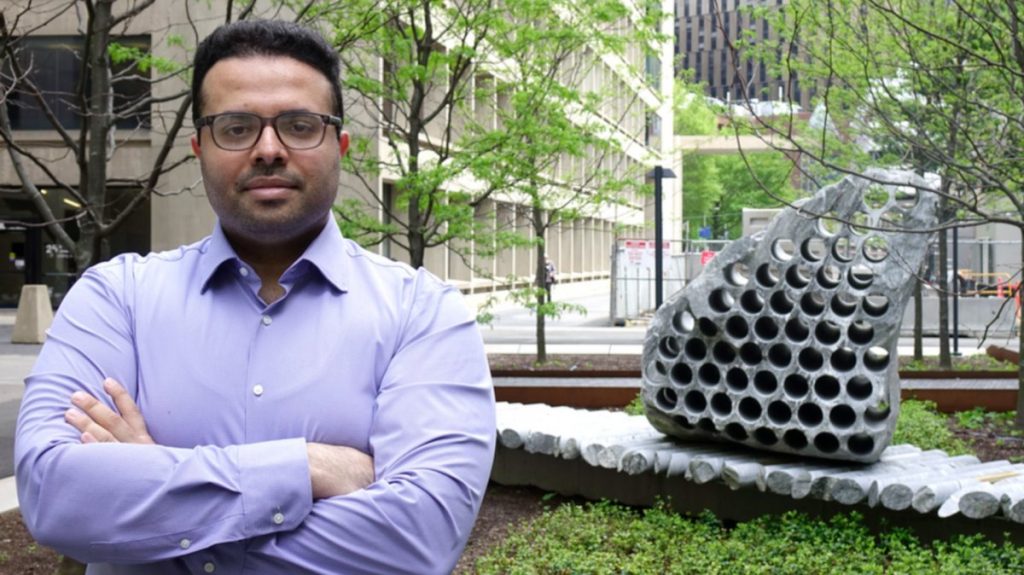A team of scientists from the Olivetti Group and the MIT Concrete Sustainability Hub (CSHub) has used artificial intelligence (AI) to find alternatives to cement to replace the proportion of cement in concrete with more environmentally friendly substitutes, as carbon dioxide is produced during the manufacturing process. The AI was able to extract a total of 19 materials from existing research material as possible substitutes.
Cement is used as a binding agent in concrete. Due to its hydraulic reactivity, cement ensures that concrete hardens as soon as it comes into contact with water. The cement thus acts as an “adhesive”, so to speak. Added to this is the pozzolanic nature of cement. As soon as the cement comes into contact with water, a material reacts with calcium hydroxide, a by-product that ensures that the concrete becomes stronger and harder over time.
The problem in the search for substitutes is to find a material that balances the two properties in such a way that it functions similarly to cement. As a rule, fly ash and slag are used for this purpose. However, the demand for these materials is currently so high that they are not sufficiently available and alternatives must therefore be found.
“We have realized that AI is the key to progress,” says Soroush Mahjoubi, head of the project team and one of the authors of the study “Data-driven material screening of secondary and natural cementitious precursors”, which was published in Communications Materials. “There is so much data on potential materials – hundreds of thousands of pages of scientific literature. Sorting through them would have taken many lifetimes of work, and by then new materials would have been discovered!”
AI identifies and evaluates materials
The jointly developed AI system based on a Large Language Model (LLM) used around 88,000 scientific papers, in which around 14,000 materials are described, to find material alternatives for cement. The AI sorts them, evaluates them according to their material and chemical properties, and helps to find the material that has the best potential as a substitute. The AI was able to identify a total of 19 materials.
The most promising candidates are ceramics. They could replace some cement. These include old tiles, bricks, and pottery. What they have in common is that they are highly reactive.
The scientists now want to develop the AI further to evaluate even more materials and find further alternatives to cement.
(olb)
Don’t miss any news – follow us on
Facebook,
LinkedIn or
Mastodon.
This article was originally published in
German.
It was translated with technical assistance and editorially reviewed before publication.
Dieser Link ist leider nicht mehr gültig.
Links zu verschenkten Artikeln werden ungültig,
wenn diese älter als 7 Tage sind oder zu oft aufgerufen wurden.
Sie benötigen ein heise+ Paket, um diesen Artikel zu lesen. Jetzt eine Woche unverbindlich testen – ohne Verpflichtung!

